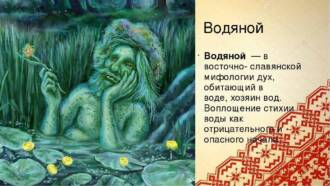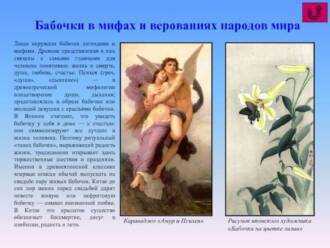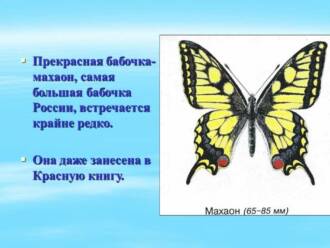
Butterflies are some of the most beautiful and mysterious creatures of nature. They amaze us with their grace and tenderness, their bizarre wings and bright colors. But in addition to their external beauty, butterflies also have historical and symbolic meaning for people.
Since ancient times, butterflies have been the object of attention and interest of scientists, philosophers and artists. In different cultures, they were associated with various symbols and myths. In ancient Egypt, for example, the butterfly was a symbol of the soul, the embodiment of its immortality and change. In Greek mythology, the butterfly was associated with the goddess of the soul, Psyche.
The symbolic meaning of butterflies has also permeated our modern culture. They are symbols of transformation, change and rebirth. Butterflies are often associated with personal growth, transformation and liberation. Their wings, fluttering freely in the air, symbolize the lightness and freedom of the soul.
Butterflies and their symbolic meaning permeate various aspects of our lives, from art and literature to psychology and spiritual practice. They remind us of the importance of embracing change and that, like a butterfly, we can transform and reach our potential.
In conclusion, butterflies are one of the most amazing and meaningful symbols in human history. Their beauty and symbolic meaning allow us to see the magic and beauty in the world around us. They remind us of our ability to transform and grow, and the importance of embracing change and rebirth in our lives. Butterflies are not only beautiful creatures of nature, but also a powerful symbol that can inspire us and bring magic into our everyday lives.
Butterflies as a symbol of magic
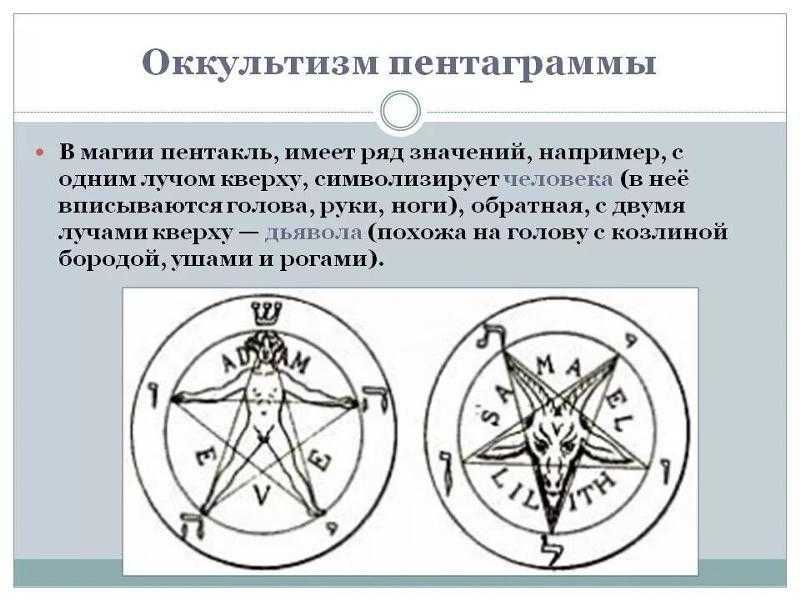
Butterflies have long been considered a symbol of magic and sorcery. Their colorful wings and transformation from a caterpillar to a graceful insect evoke surprise and admiration. In different cultures, butterflies are associated with magical powers and are a symbol of change, growth and transformation.
In ancient Greek mythology, the butterfly was associated with the soul and was a symbol of immortality. In some cultures, it was believed that the butterfly is the messenger of the gods and can predict the future. She was also considered a symbol of spiritual awakening and sublimity.
In some shamanistic traditions, the butterfly serves as a source of magical power. Her colorful wings and ease of flight were considered a manifestation of supernatural abilities. The butterfly was also associated with transformation and the ability to penetrate other worlds.
Butterfly as a symbol of magic can inspire people to find their inner strength and overcome difficulties. It reminds us that life is constantly changing and transforming, and that every person has the potential for growth and development. The butterfly can also serve as a reminder of the beauty and magic that exists in the world and that we can discover if we learn to pay attention to the little things.
Historical context

The history of the study of butterflies has ancient roots. Already in antiquity, people paid attention to these beautiful insects and were imbued with a special interest in them. In ancient Greece, butterflies were considered a symbol of spiritual rebirth and immortality. They were associated with rebirth and eternity of life.
In the Middle Ages, butterflies were closely associated with magic and superstition. In many cultures, it was believed that a butterfly is the embodiment of the soul of a deceased person. People believed that a butterfly could bring news from a deceased loved one and serve as an intermediary between the world of the living and the world of the dead.
During the Renaissance, butterflies became the object of scientific research. They were studied by scientists such as Leonardo da Vinci and Carl Linnaeus. They were the first to describe butterflies and classify them. This discovery played a huge role in the development of biology and natural science.
Today, butterflies continue to attract the attention of scientists and nature lovers. They are the object of study within various scientific disciplines such as entomology, evolutionary biology and ecology. Butterflies also remain popular symbols in art and culture and are used in a variety of decorative arts and designs.
Symbolic meaning
Butterfly as a symbol of change and transformation

The butterfly is one of the most common symbols of change and transformation. Her life cycle, beginning with an egg, then turning into a caterpillar, then a chrysalis, and finally into a beautiful insect, symbolizes the process of transformation and growth. The butterfly is also associated with rebirth and new beginnings.
Symbol of freedom and lightness
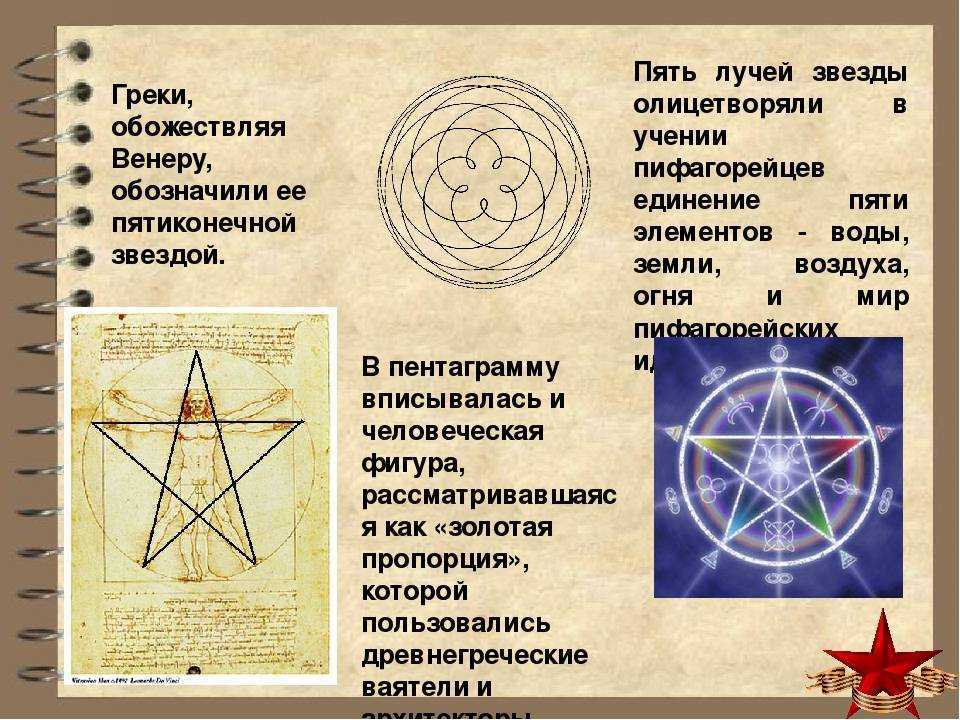
The butterfly is known for its ability to fly and move freely in the air. Her wings are light and transparent, which symbolizes lightness and freedom. The butterfly is also associated with the carelessness and joy that it brings with its beautiful and colorful appearance.
Symbol of beauty and elegance
The butterfly is considered one of the most beautiful and elegant creatures in nature. Its bright and varied colors and graceful movements make it a symbol of beauty and elegance. The butterfly is also associated with harmony and becomes the embodiment of the ideal of perfect perfection.
Symbol of spiritual awakening

In religious and mystical traditions, the butterfly is often associated with spiritual awakening and transformation. Her transformation from a rough caterpillar into a beautiful butterfly is compared to the transformation of the soul and the achievement of higher levels of consciousness. The butterfly also symbolizes the penetration into the world of the spirit and the connection with higher powers and the forces of nature.
Butterflies and ancient civilizations

Butterflies played a significant role in ancient civilizations, causing interest and admiration among people. They were important symbols often associated with various gods and deities.
In ancient Egypt, the butterfly was a sacred symbol of the soul and resurrection. The Egyptians believed that after death, the human soul turns into a butterfly and ascends to heaven. The butterfly goddess Nekbet was the patroness of birth and the protector of women during childbirth.
In ancient Greece, the butterfly was a symbol of immortality and transformation. She was often depicted on coins and sculptures, which symbolized the transformation of the soul after death.
In Chinese culture, the butterfly also had a special meaning. She was considered a symbol of joy, happiness and love. The butterfly was associated with the goddess Huan Huan, who was the patroness of love and marriage.
In general, butterflies had a deep symbolic meaning for ancient civilizations. They were associated with the ideas of transfiguration, resurrection and spirituality. Butterflies adorned art, jewelry and household items, which indicates the importance of their significance for the people of that time.
Butterflies in mythology
Butterflies are one of the most popular symbols in the mythology of various cultures. They are often associated with transformation, spiritual growth and rebirth.
In ancient Greek mythology the butterfly was a symbol of the soul. She was considered the embodiment of immortality and the possibility of rebirth. One of the most famous myths associated with butterflies is the myth of a psycho who was turned into a butterfly and became a symbol of spiritual awakening.
In Chinese mythology the butterfly has a special meaning. It is associated with love, joy and happiness. The butterfly is also considered a symbol of beauty and elegance. In Chinese culture, the butterfly is often depicted in various works of art.
In Mexican mythology the butterfly plays an important role in the celebration of the Day of the Dead. It is considered a symbol of the transition between the world of the living and the world of the dead. During this time, Mexicans create colorful altars and butterfly decorations to commemorate their ancestors.
Butterflies also have their place in Slavic mythology. Their presence is associated with feminine beauty and bewitching power. Butterflies are often depicted in folk embroideries and paintings, symbolizing the attractiveness and magical appeal of a woman.
Butterflies have different symbolic meanings in different cultures, but what they all have in common is the idea of transformation and rebirth. They remind us of the beauty and uniqueness of each soul.
Butterflies and religious beliefs
Butterflies have a special place in the religious beliefs of various cultures and traditions. In many religions, the butterfly symbolizes the soul, transformation and resurrection. Her short life journey from caterpillar to colorful butterfly is associated with the transition from earthly life to the spiritual world.
In Christianity, the butterfly is often associated with resurrection and eternal life. It symbolizes rebirth and hope for life after death. Butterfly can also be associated with angels and characterized as a symbol of divine beauty and harmony.
In African religions, the butterfly is a symbol of spiritual awakening and change. She is often associated with ancestral spirits and serves as an intermediary between the world of the living and the world of spirits.
In Hinduism, the butterfly is associated with the goddess Lakshmi, a symbol of wealth, prosperity and beauty. It can also be a symbol of divine love and compassion.
In Japanese culture, the butterfly is associated with beauty and elegance. She is considered a symbol of femininity and love. Butterfly can also be a symbol of transformation and overcoming difficulties.
In Islam, a butterfly can symbolize spiritual enlightenment and the search for truth. It may be associated with the journey of the soul in search of divine knowledge.
In general, butterflies play an important role in the religious beliefs of different cultures, symbolizing various aspects of spiritual life and human existence.
Butterflies and psychology
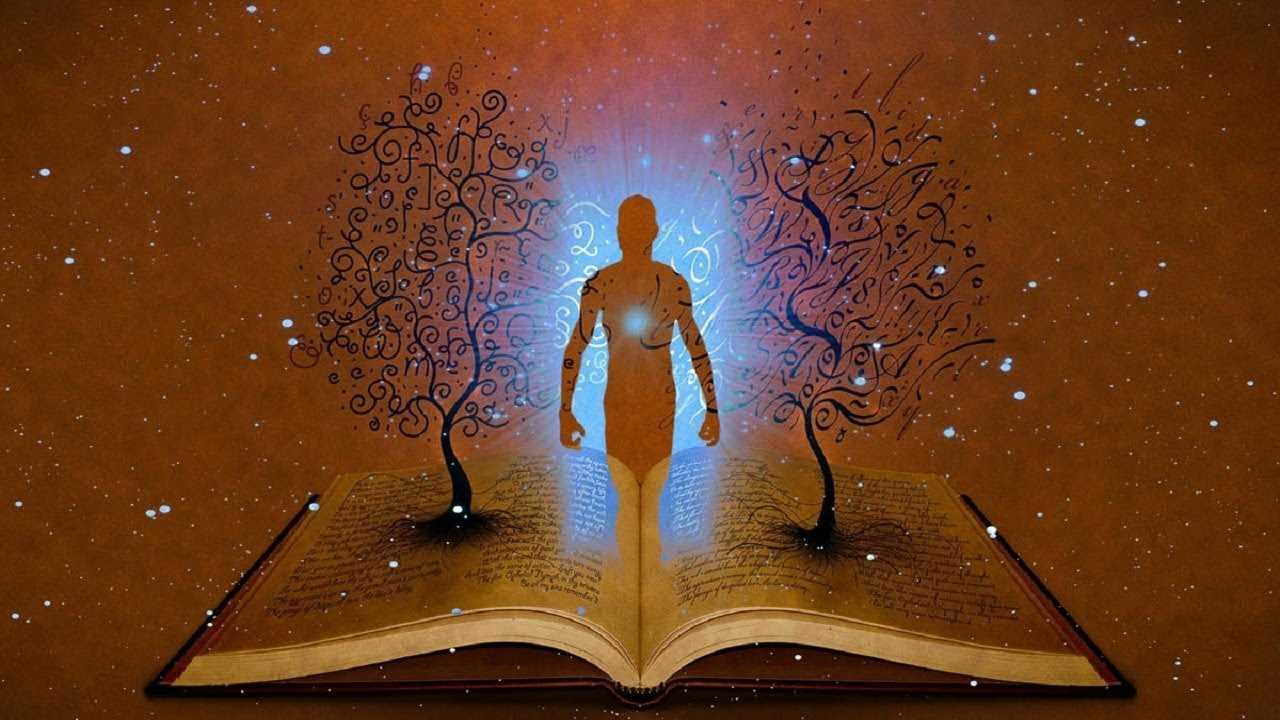
Butterflies in psychology are a symbol of transformation and change. They are often associated with the process of self-development and personal growth. A meeting with a butterfly can be an important event and indicate the onset of a period of change and transformation in a person's life.
Symbolism of butterflies in psychology is associated with their ability to transform and overcome obstacles. This process can be interpreted as overcoming one's own limitations and realizing the potential of the individual.
Butterflies can also serve as a symbol of lightness and freedom. Their volatility and inconstancy is associated with the possibility of free movement and change in the course of life.
In psychotherapy, the use of butterfly images can help a person become aware of their inner experiences and emotions. With the help of associations with butterflies, you can analyze your desires, dreams and fears, as well as find ways to overcome obstacles and achieve personal growth.
Thus, butterflies play an important role in psychology as symbols of transformation, change and self-development. They help us recognize and overcome our own limitations and find freedom and ease in our lives.
Butterflies in art
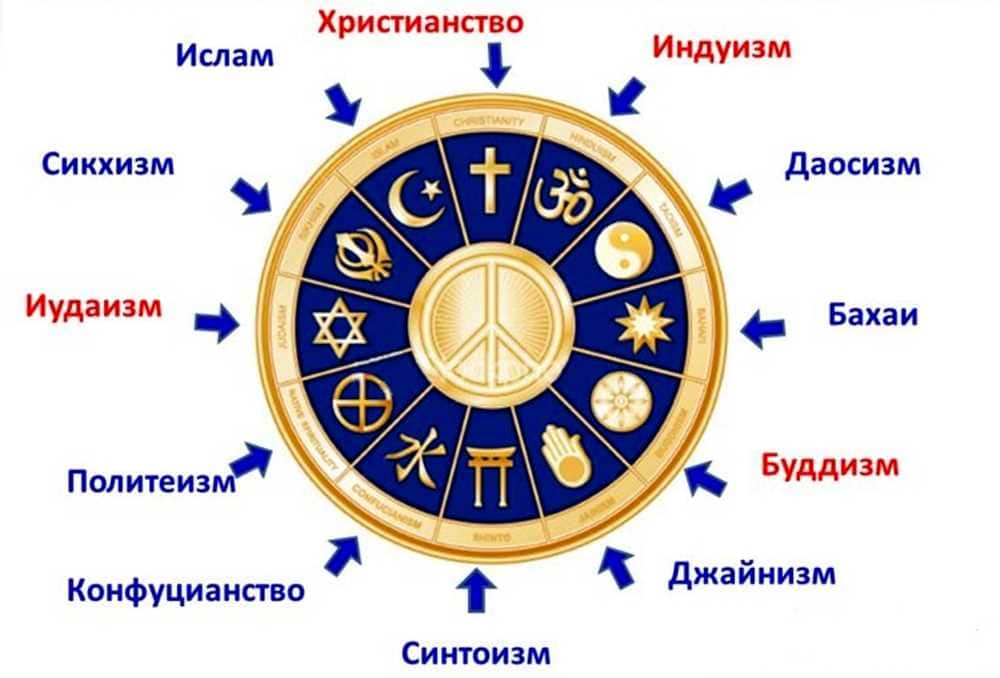
Butterflies, with their colorful wings and easy flight, have long been a source of inspiration for artists. In art, they often symbolize transformation, beauty and tenderness.
Butterfly images can be found in various genres of art - painting, graphics, carving, etc. Artists use a variety of techniques to convey the grace and uniqueness of these creatures. They can be depicted in soft pastel tones or bright colors, in abstract form or with detailed wings.
Butterflies in symbolism often associated with change and transformation. In art, they can be a symbol of the transition from one state to another, the discovery of new opportunities and the overcoming of obstacles. They can also symbolize the tenderness, lightness and beauty of nature.
Butterflies in the decor often used to create a cozy atmosphere in the interior. Their images can be found on wallpaper, pillows, pictures and other decor items. They give the room lightness and airiness, and also add bright accents to the design.
Butterflies in jewelry are also a popular motif. Their images can be seen on pendants, bracelets, earrings and other jewelry. Butterfly can become a symbol of beauty, freedom and lightness.
In art, butterflies play an important role, they give the work depth and emotional power. Their images allow you to convey a special atmosphere and symbolic meaning, which is associated with the transformation and beauty of nature.
Butterflies in literature
Butterflies are an important symbol and motif in literature, reflecting various aspects of life and human experience. In literary works, butterflies can be used to convey different meanings and ideas. They are often associated with transformation, change, lightness, and beauty.
1. Symbol of freedom and transformation: Butterflies in literature are often associated with freedom and transformation. They symbolize change, growth, and development. An example is F. Scott Fitzgerald's novel The Great Gatsby, where butterflies are used to convey the idea of the characters' transformation and their desire for a better life.
2. Symbol of vulnerability and brevity of the moment: Butterflies can also be used in literature to convey the idea of vulnerability and the brevity of the moment. They do not live long, so they are often associated with transience and impermanence. In Vladimir Nabokov's novel Lolita, butterflies symbolize the brevity of happy moments and the impossibility of holding on to them.
3. Symbol of beauty and aesthetics: Butterflies can also be used to convey the idea of beauty and aesthetic perception. They are among the most beautiful creations of nature and often become an object of admiration and inspiration for writers. In Alexander Pushkin's poem "Flowers and Butterflies", butterflies represent the beauty and grace of nature.
Butterflies in modern culture
Butterflies play a significant role in modern culture and are a symbol of transformation and freedom. They are often associated with beauty, lightness and tenderness.
In art and design, butterflies are often used as a decorative element. They can be depicted on clothes, accessories, wallpaper, dishes and other items. The butterfly has become a popular motif in jewelry, where it symbolizes beauty and transformation.
Butterflies are often used in literature and film to convey a certain mood or symbolic meaning. They can represent freedom, change, metamorphosis, or spiritual insight. For example, in the novel The Catcher in the Rye, the butterfly became a symbol of hope and salvation.
Butterflies are also often associated with magic and mysticism. In some cultures, they are considered ambassadors from another world or symbols of spiritual awakening. A butterfly can be the embodiment of a soul or a deceased relative.
In general, butterflies in modern culture are a universal symbol that can have different meanings depending on the context. They represent beauty, transformation, freedom and spirituality, and continue to inspire and magically attract people with their elegance and mystery.
Butterflies and their importance to humans
Butterflies are delicate and colorful creatures that have delighted and inspired people for centuries. Their graceful flight and beautiful wing patterns impress with their beauty and attraction. But butterflies have not only aesthetic value, they also have a symbolic meaning for people.
Butterfly symbolizes transformation and change. Her life cycle, from caterpillar to chrysalis and finally to a beautiful butterfly, is a prime example of transformation and rebirth. In this regard, the butterfly is associated with change, development and growth. It reminds us to embrace change and adapt to new circumstances.
The butterfly is also a symbol of freedom and lightness.. Her volatile and unpredictable movements reflect the idea of freedom and independence. The butterfly represents the ideal of a free spirit who seeks new adventures and opportunities. It shows that we can free ourselves from limitations and fears by exploring the world and discovering new horizons for ourselves.
For many cultures, the butterfly is a symbol of the soul and eternity.. Her short but vibrant life is reminiscent of the frailty of human existence and the importance of enjoying every moment. The butterfly is also associated with the transition of the soul to another world and the possibility of returning to this world in a new guise. In such a context, the butterfly can be interpreted as a symbol of hope and eternal existence.
Butterflies are also associated with joy and pleasant emotions.. Their colorful wings and cheerful flight evoke positive emotions in people. Butterfly can be a symbol of joy, fun, love and prosperity. Her presence can evoke feelings of peace and happiness.
In general, butterflies have a deep meaning and significance for humans. They remind us of the importance of change, freedom, transformation and joy in our lives. A butterfly is not only a beautiful creature, but also a symbolic image that inspires us to strive for the best and enjoy every moment.


